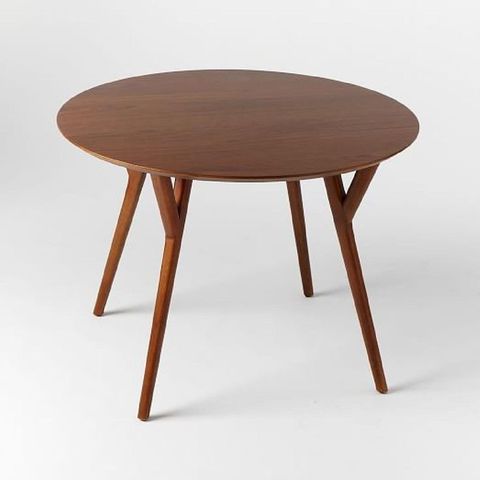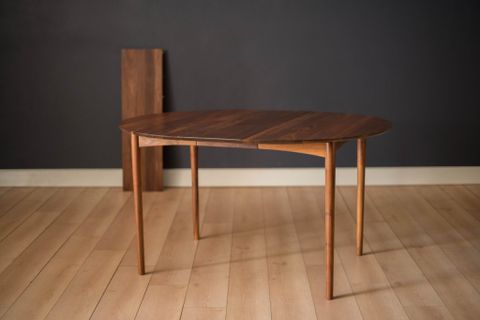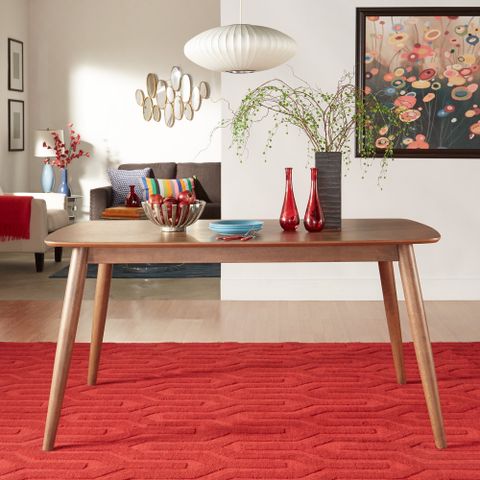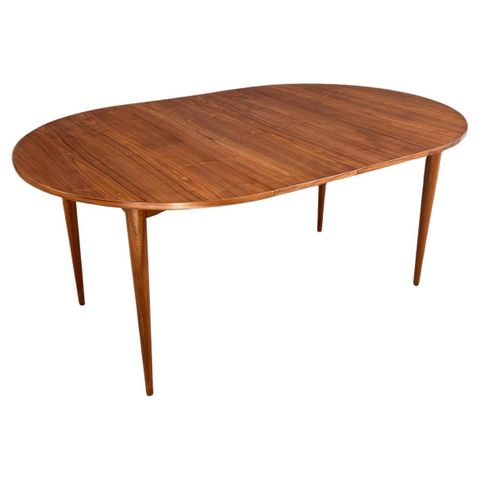Picture this: a beautifully crafted dining table with rich, warm tones that seem to glow from within. That’s the magic of walnut finish in mid century design. It’s not just wood—it’s a statement. This particular grain pattern and color combination became the backbone of an entire design movement that still influences homes today.
When you think of mid century modern design, certain elements instantly come to mind. Clean lines, organic shapes, and that perfect balance between function and form. But there’s one element that often goes unnoticed yet plays the most crucial role—the humble walnut finish. It’s the secret ingredient that transforms a simple dining room into something truly special. This isn’t just about wood choice; it’s about capturing a feeling, a time, and a way of living that was both forward-thinking and deeply rooted in tradition.
The Warmth That Defines Mid Century Aesthetics
Walnut brings something unique to the table. Unlike the stark whites or cool grays that dominate many contemporary spaces, walnut offers a warmth that feels inviting and lived-in. Think of it like a cozy blanket on a chilly evening. This warmth isn’t just visual—it’s tactile. The grain patterns in walnut create natural variations that add depth and character. When you see a mid century dining table with walnut finish, you’re seeing decades of craftsmanship and design philosophy rolled into one piece. The wood’s natural oils and rich tones have a way of making everything around it feel more grounded and harmonious. It’s no wonder that designers and homeowners alike have been drawn to this finish for generations. The beauty lies not just in its appearance but in its ability to make spaces feel alive rather than sterile.
Historical Roots and Design Evolution
The connection between walnut and mid century design runs deep. During the 1950s and 60s, there was a shift toward celebrating natural materials. Walnut was readily available and offered the perfect compromise between durability and aesthetic appeal. It wasn’t expensive, yet it looked luxurious. Many furniture makers discovered that walnut could be shaped and carved with ease while maintaining its distinctive character. The finish process itself evolved during this period. Instead of heavy varnishes, artisans began using lighter treatments that highlighted the wood’s natural beauty. This created those signature warm browns and golden undertones that define the era. The timing was perfect too—post-war prosperity meant people wanted to invest in quality pieces they could enjoy for decades. Walnut tables became symbols of both good taste and lasting value. These weren’t just pieces of furniture; they were statements about lifestyle and optimism.
The Visual Language of Grain Patterns
One of the most captivating aspects of walnut is its grain patterns. Every piece tells a story through its unique markings. Some pieces feature straight, clean lines that complement geometric designs perfectly. Others show swirling patterns that add drama and personality. These variations are what make each walnut dining table special. You’ll notice that some have wide, bold stripes while others display subtle, almost delicate lines. The contrast between light and dark areas creates a visual rhythm that draws the eye naturally. When these tables are placed in a dining room, they become focal points that anchor the entire space. The grain patterns also change with lighting conditions. In morning light, the wood appears bright and almost golden. As afternoon shadows fall, the tones deepen and take on richer, more mysterious hues. This dynamic quality makes walnut furniture feel alive and responsive to its environment.
Color Psychology and Emotional Impact
Colors do more than just look pretty—they affect our moods and emotions. Walnut’s warm brown tones are inherently comforting. They remind us of cozy cabins, wooden floors in childhood homes, and the feeling of being safe and secure. This psychological impact is why walnut has remained so popular. In a dining room setting, this warmth creates an atmosphere conducive to conversation and connection. People tend to feel more relaxed when surrounded by warm tones. The wood’s natural color variation also prevents monotony. No two walnut pieces look exactly alike, which adds to their appeal. This natural diversity reflects the human desire for authenticity and uniqueness. When you sit around a walnut dining table, you’re not just eating—you’re experiencing a sensory journey that engages multiple senses simultaneously. The smell of the wood, the feel of the surface, and the sight of its beautiful grain all contribute to a memorable dining experience.
Practical Considerations and Maintenance
While walnut is beautiful, it does require some care to maintain its luster over time. Regular cleaning with appropriate products helps preserve the finish. The wood is naturally resistant to wear, but it will develop a patina with age. This is actually considered a positive attribute by collectors and enthusiasts. The gradual darkening adds character and history to the piece. Some people prefer to condition the wood occasionally to maintain its richness. Others embrace the natural aging process and let the wood tell its story through time. Walnut can handle moderate moisture, but it’s best to avoid placing hot dishes directly on the surface. A simple coaster or trivet will protect the finish while maintaining the table’s beauty. Proper maintenance ensures that a walnut dining table can serve as a family heirloom for generations. The investment pays off not just in aesthetics but in longevity and continued enjoyment.
Modern Applications and Contemporary Relevance
Today’s designers continue to embrace walnut because it bridges past and present seamlessly. Modern interpretations might feature sleeker lines or different finishes, but the core appeal remains the same. Walnut works equally well in minimalist settings or more ornate spaces. The key is understanding how to integrate it thoughtfully. Contemporary designers often pair walnut with natural stone or metals to create balanced compositions. The wood’s versatility allows it to adapt to various styles while maintaining its essential character. Many homeowners find that adding a walnut dining table to a modern kitchen creates the perfect blend of old-world charm and new-age functionality. The material’s timeless quality means it never looks dated, even as design trends come and go. This makes walnut a smart investment for anyone looking to create enduring, beautiful spaces.
Walnut finish isn’t just another option in the design world—it’s a defining characteristic that gives mid century dining rooms their soul. It’s the element that transforms a functional space into a place where memories are made. Whether you’re restoring an original piece or selecting a new table for your home, choosing walnut means connecting with a design legacy that values both beauty and permanence. The warmth, the history, and the natural beauty of this wood continue to make it the perfect choice for those who want their dining room to feel both classic and contemporary. The essence of mid century design lives on through every carefully chosen walnut piece, reminding us that great design is about more than just appearances—it’s about creating spaces that nurture the human spirit.














